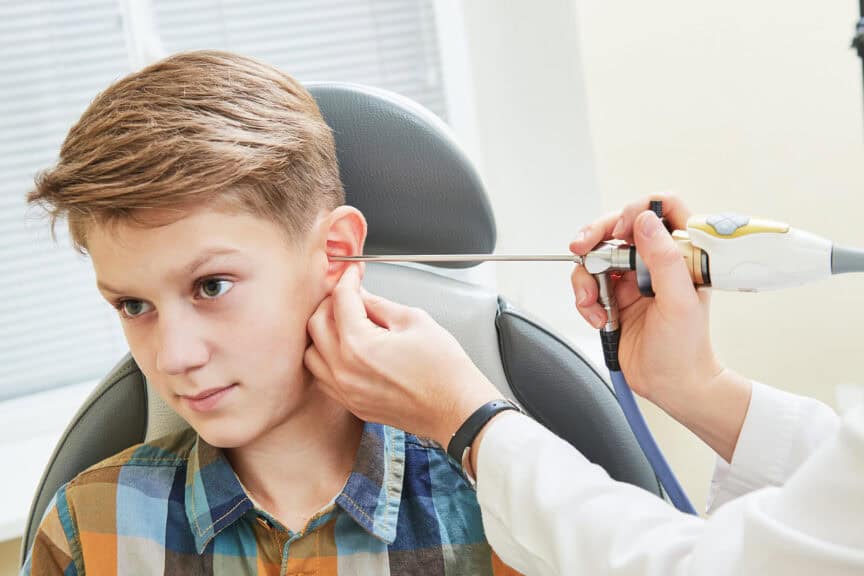Frequent ear infections in children can be concerning for any parent. Recognizing when these recurring infections might suggest an underlying issue is important. Generally, if a child experiences three or more ear infections in a six-month period or four or more in a year, it may be time to pay extra attention.
Symptoms such as persistent ear pain, fever, or ear drainage may indicate more than a routine ear infection. Changes in hearing or balance might also be warning signs that warrant a closer look. Parents should note any recurring symptoms to help healthcare professionals assess the situation more accurately.
When to Seek Professional Advice
When ear infections become frequent, seeking timely professional advice is critical. Early intervention can help prevent potential complications and may lead to a more effective treatment plan. Pediatricians and ear specialists can perform comprehensive evaluations to determine the best course of action.
Hearing health professionals might recommend hearing tests to rule out any hearing loss. They could also suggest additional imaging or a specialist referral if needed. Always ensure that children receive appropriate and timely care to address these concerns.
Understanding Potential Complications
If left untreated, frequent ear infections can sometimes lead to complications. One possible issue is hearing loss, which can impact speech and language development. Other potential complications include chronic ear infections leading to eardrum damage.
Fluid buildup in the middle ear, known as otitis media with effusion, may cause discomfort and affect hearing. Additionally, untreated infections usually spread to nearby areas, causing more significant health concerns. Early intervention and proper treatment can prevent these complications and protect a child’s well-being.
Exploring Treatment Options
Various treatment options can help manage and prevent frequent ear infections. Antibiotics may be prescribed to tackle bacterial infections, while ear drops can relieve pain and swelling. In some cases, doctors might recommend ear tubes to improve drainage and reduce infection frequency.
Drainage tubes are tiny, often inserted surgically, to ventilate the middle ear and prevent fluid buildup. They remain in the ear until they fall out naturally or are removed by a professional. Exploring all available treatments with a healthcare provider ensures the best strategy for each child’s circumstances.
Lifestyle Changes and Preventive Measures
Certain lifestyle changes can lower the risk of frequent ear infections. Ensuring children are up to date with vaccinations can reduce infection rates. Avoiding exposure to tobacco smoke and allergens may also help prevent recurring ear issues by keeping the airways clear.
Also, breastfeeding during early infancy can boost the immune system. For older children, practicing good hygiene and avoiding close contact with sick individuals can minimize the risk of infections. Making these small adjustments can have a lasting impact on a child’s ear health.
Supporting Your Child Through the Process
Support from family can improve the way a child copes with ear infections. Encouraging open communication about any discomfort and ensuring they understand any treatments can alleviate anxiety. Partnering closely with healthcare providers ensures the child receives the appropriate care and attention needed for recovery.
A proactive approach can help parents feel more confident in navigating their child’s health. Regular follow-ups with healthcare providers allow for treatment and prevention strategies adjustments as needed. By remaining informed and attentive, parents can help promote a healthier future for their children.

